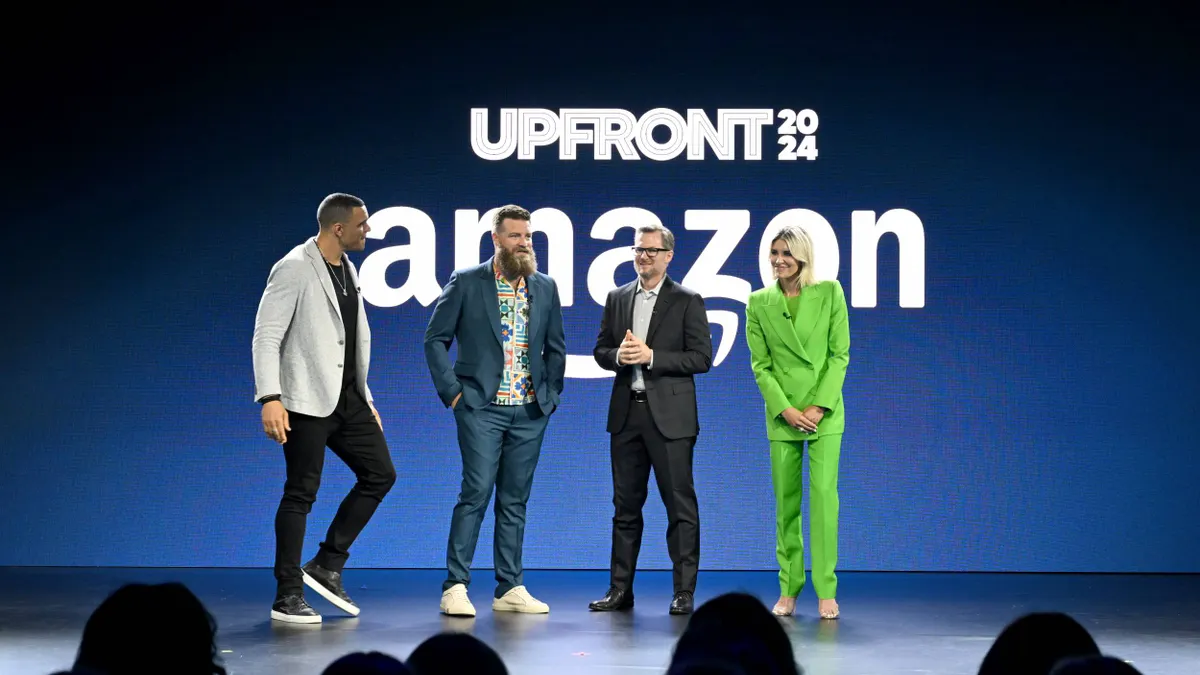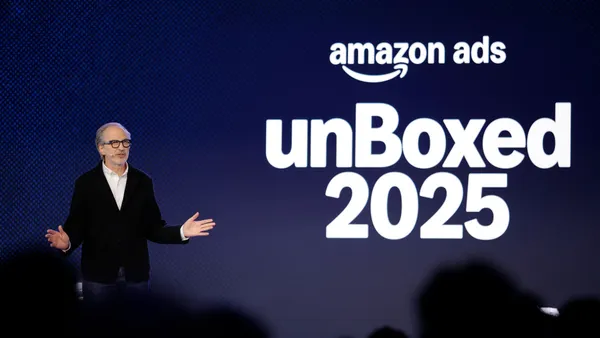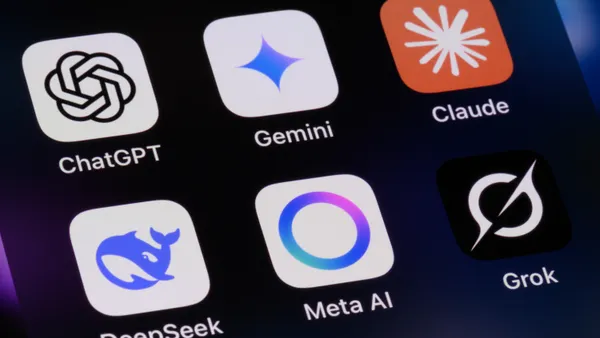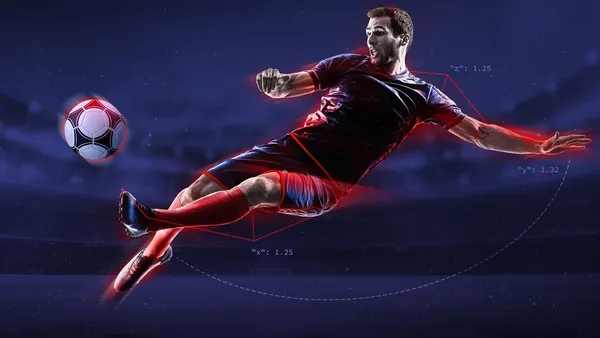Dive summary:
- A variety of experiments and studies have shown that customers often don't know how much they value a product, thus opening them to the influence of marketing and pricing psychology.
- "Decoy Pricing" involves putting a product of lesser value but similar pricing next to the product you're trying to get the customer to buy.
-
Example:
- You want drive sales of product A+B for $100.
- In scenario 1, your prices for three separate products are B ($50), A ($100), and A+B ($100). In this scenario, 84% choose A+B and 16% choose B, and almost no one chooses the decoy, product A.
- In scenario 2, you take the decoy out of the equation, and the customer is given B ($50) and A ($100), then 68% choose B.
- That is a delta of 50% on product A+B simply by putting a decoy into the mix!
Other pricing tips:
- The number 9 has proven to be magic (just look around Wal-Mart). Finishing prices with the number 9 has can increase sales by 24%, and can outsell lower prices, e.g. $39 has outsold $34.
- Removing the dollar sign and decimals from a price -- $5.00 becomes 5 -- has proven effective.
- Decreasing font sizes on prices works too, as research shows that people find physical magnitude related to numerical magnitude.
From the article:
Lots of entrepreneurs struggle with pricing. How much to charge? It’s clear that the right price can make all the difference – too low and you miss out on profit; too high and you miss out on sales.
Asking people what they’d pay for and how much rarely works. For one thing people will tell you what they WANT to pay—which is obviously much less than what your product or service is actually WORTH. Second, what people say and what people do are very different things.












